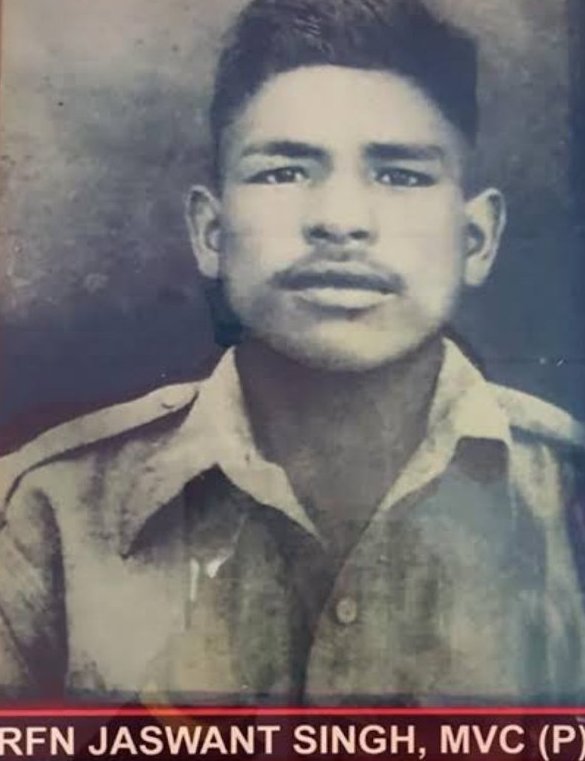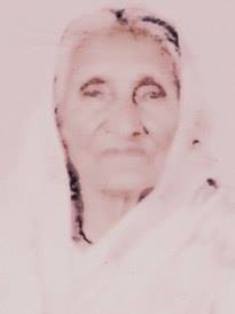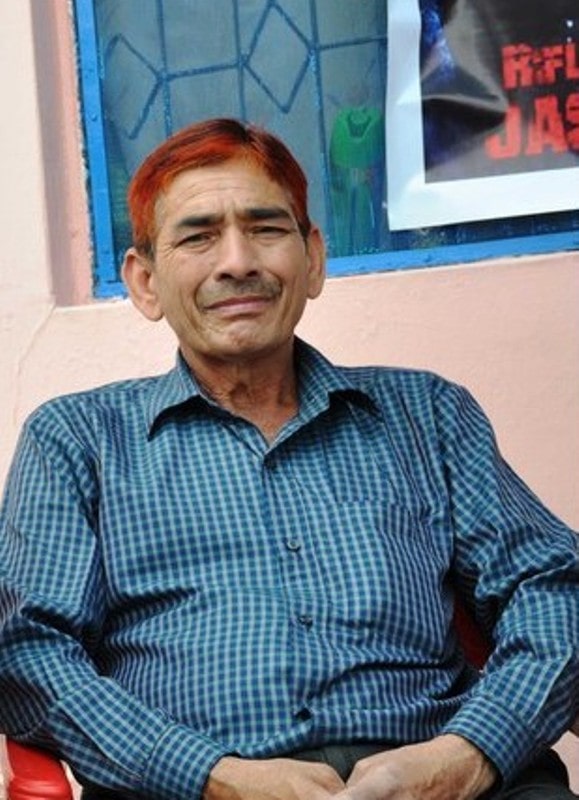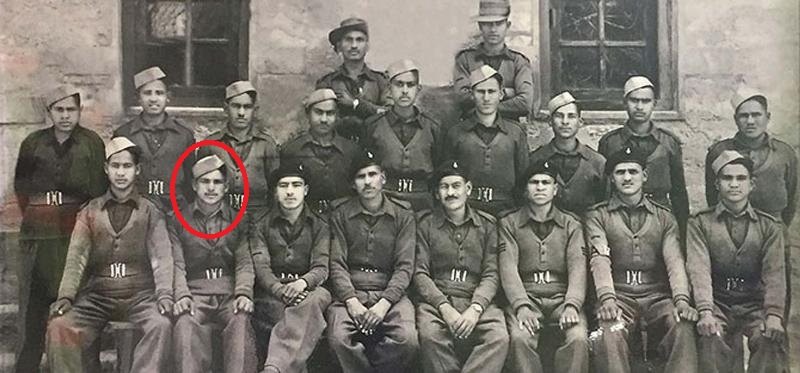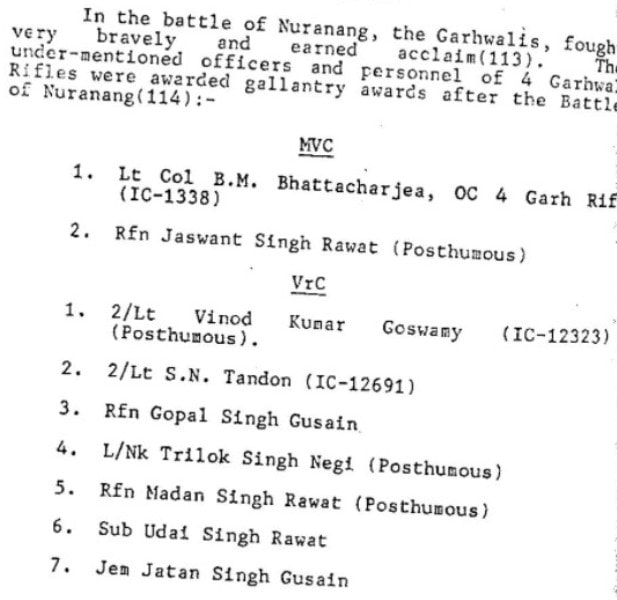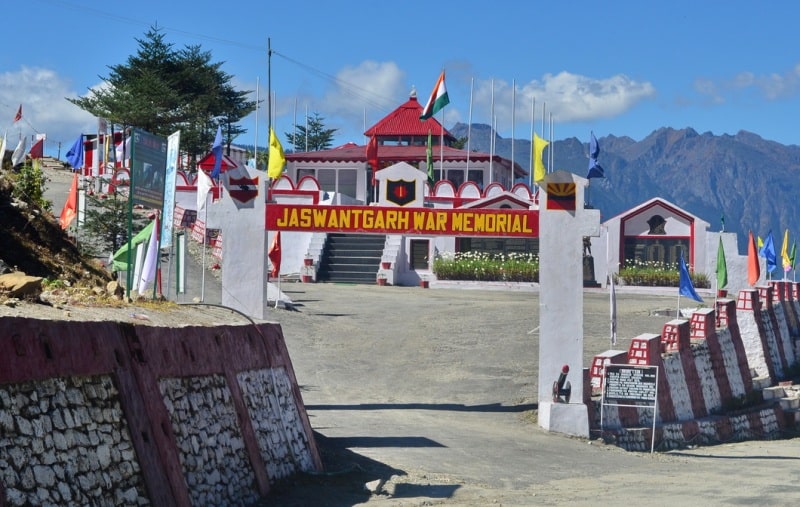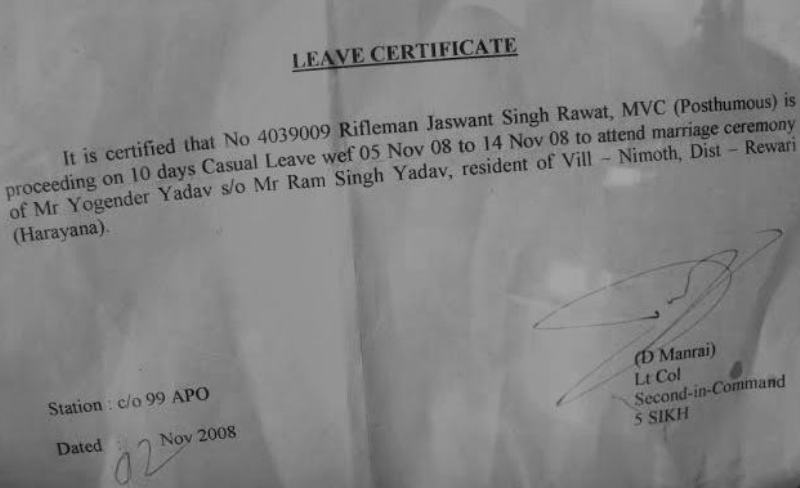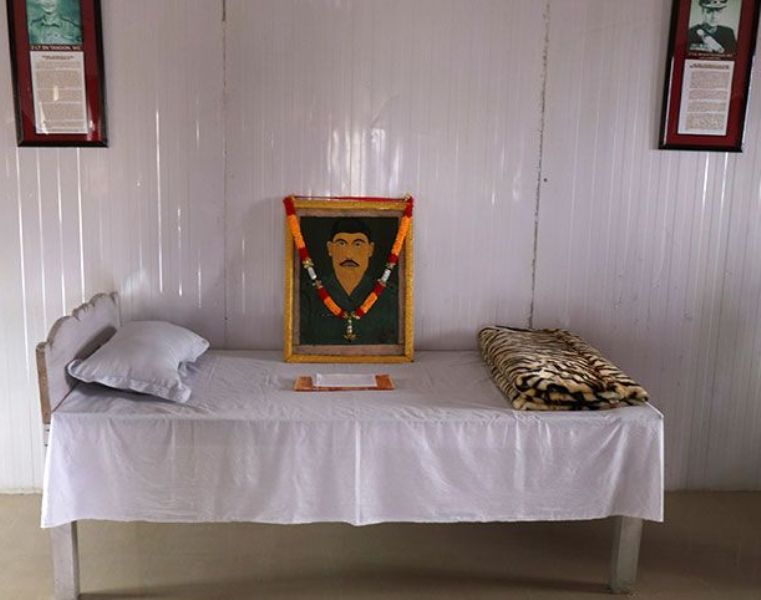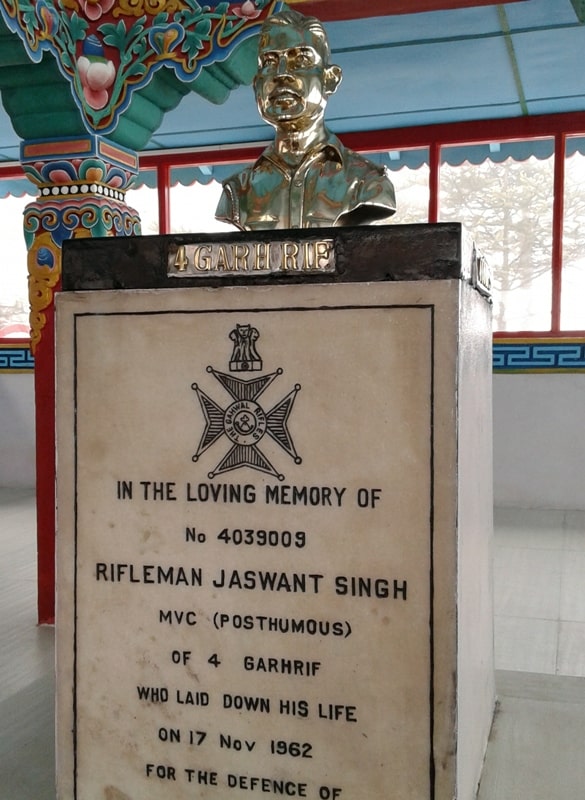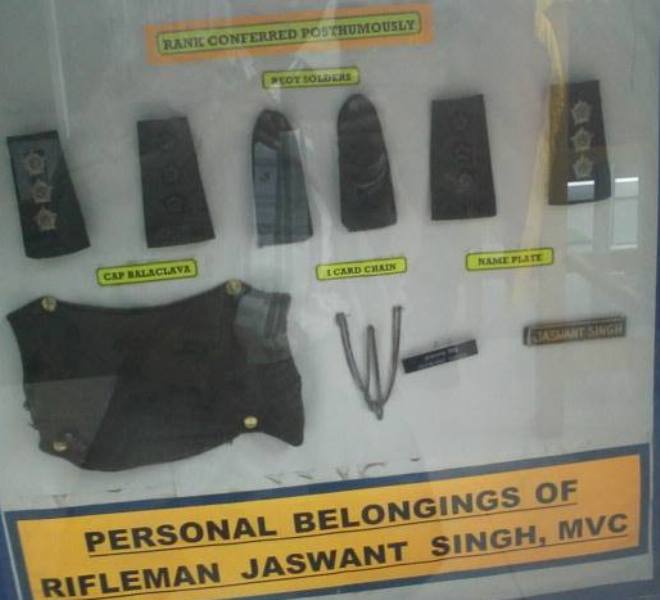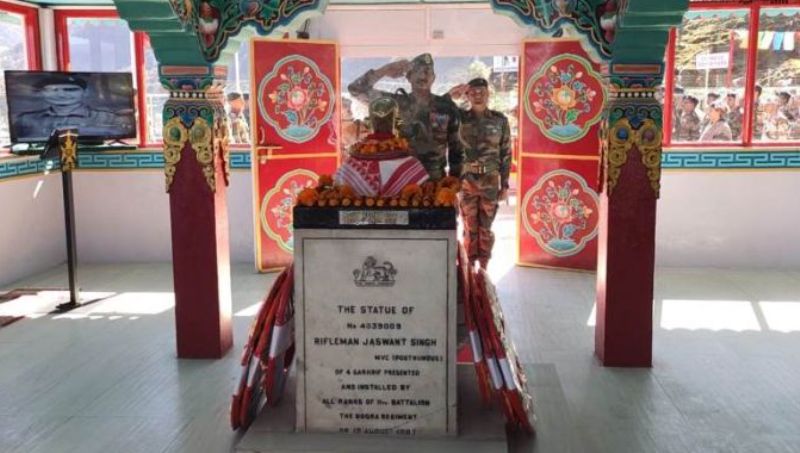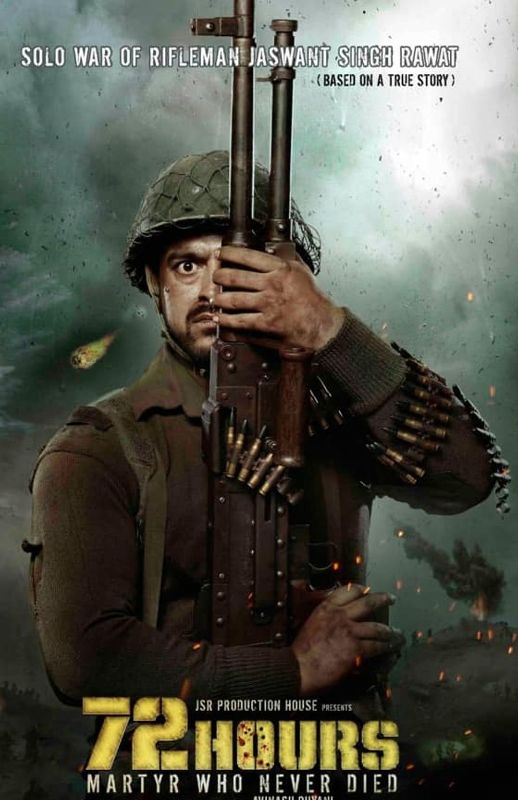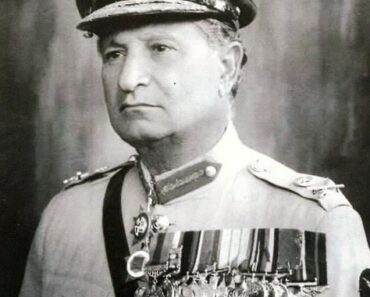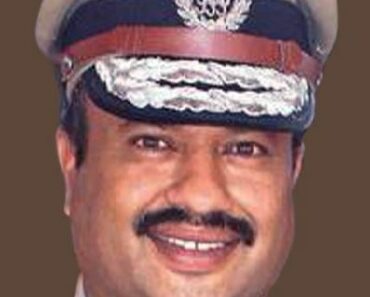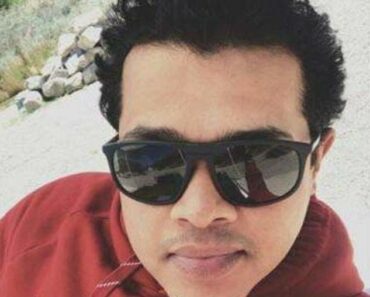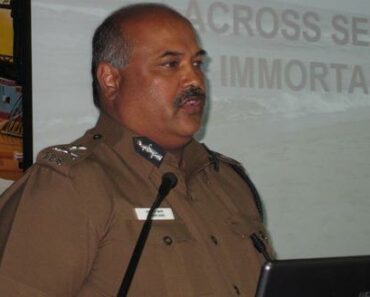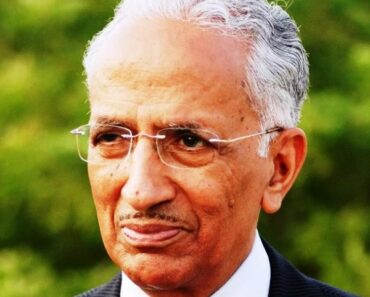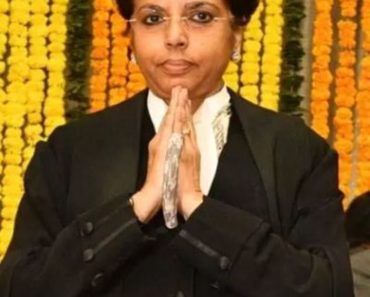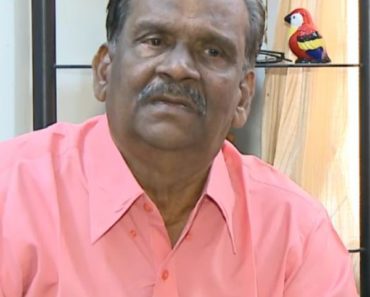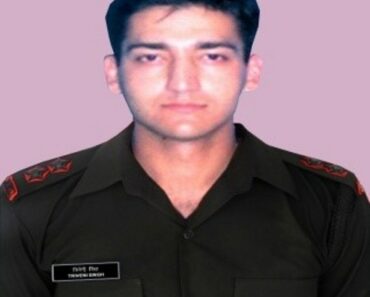Rifleman Jaswant Singh Rawat was a soldier in the Indian Army who was awarded India’s second-highest gallantry award the Maha Vir Chakra (MVC) posthumously during the Sino-India War of 1962 for his contribution to the defense of Nuranang in Arunachal Pradesh and fighting against the Chinese in 72-hour-long combat. He was martyred on 17 November 1962 when he was fatally hit by a Chinese automatic weapon’s fire while he was moving towards a safe location. He is also called the “Ghost who keeps vigil at the Chinese Border” or “The saviour of Arunachal Pradesh. [1]Eastern Command Indian Army official Facebook Post
Contents
Wiki/Biography
Jaswant Singh Rawat was born on Tuesday, 19 August 1941 (age 21 years; at the time of death) at Baryun village, British Garhwal District, United Provinces, British India (presently, Pauri Garhwal District, Uttarakhand, India). [2]Honourpoint After he completed his schooling till class IX, he was sent for training at the Garhwal Rifles Regimental Centre in Lansdowne on 16 August 1960. As he completed his training, the war broke out between India and China along the Eastern front, and he was tasked to move to the border to fight invaders. [3]Uttarakhand Meri Janm Bhoomi
Family
Parents & Siblings
His father, Guman Singh Rawat, was working with the military, not as a soldier but as a defence civilian employee of the Military Dairy Farm in Dehradun. [4]Uttarakhand Meri Janm Bhoomi
His mother, Lila Devi Rawat, was a homemaker who passed away at the age of 96 in 2016. [5]rediff
His younger brothers are named Vijay Singh Rawat and Ranvir Singh Rawat. Vijay Singh Rawat is a retired official of Survey Of India. [6]Hindustan Times
Ancestral heritage of service
Two of Jaswant Singh’s ancestors named Veer Senani Bhupu Raut and Tilu Rautali served in the Garhwal Court as officers. Both of them are well known for their exemplary courage and bravado in the course of history. Tilu Rauteli has been honored as the ‘Rani Laxmi Bai of Garhwal’. [7]Uttarakhand Meri Janm Bhoomi
Relationships/Affairs
When Rifleman Jaswant Singh Rawat moved to Nuranang in Arunachal Pradesh, two girls named Sela and Noora used to visit his post to supply rations to the soldiers deployed there. It is believed that he fell in love with Sela. Some accounts also report that Jaswant Singh was in a relationship with both the sisters Sela and Noora. During the defence of Nuranang, both Sela and Noora helped Jaswant Singh. In the battle, Sela and Jaswant Singh Rawat were martyred while Noora was captured by the Chinese, and she never came back after the war. [8]Lonely Musafir – Arunachal Diaries
Career
Jaswant Singh wanted to study even further as he was a brilliant student who had a promising future ahead of him but due to the poor monetary status of his family, he decided to join the army as a recruit. He was admitted into the Garhwal Rifles Regimental Centre at Lansdowne by his maternal uncle Major Pratap Singh Negi, who retired from the army as an officer. [9]Uttarakhand Meri Janm Bhoomi.
Upon arrival at the destination
Upon completion of his training, he was sent along with his unit, The 4th Garhwal Rifles, to the NEFA (North-East Frontier Agency), now in Arunachal Pradesh, to secure the Nuranang bridge to ensure safety for Sela as troops had already withdrawn from Tawang. [10]bharatdiscovery On 17 November 1962, the Chinese began a series of attacks to take the position held by the Indian troops. It was the 4th Garhwal Rifle’s Delta or ‘D’ Company that was taking a defensive stance along the Nuranang bridge. On the same day, at around 5 am, the attempt of the Chinese to infiltrate was thwarted by the alert troops of ‘D’ Company. This was followed by a series of attacks by the Chinese, which were successfully repulsed by the soldiers. The Light Machine Guns of the company could not provide effective fire to the Indian troops as the Chinese had placed a Medium Machine Gun that directly fired upon Indian LMG posts, so Rifleman Jaswant Singh, along with two others, Lance Naik Trilok Singh Negi and Rifleman Gopal Singh Gusain, volunteered to silence the enemy’s MMG on the command of their Company Commander 2nd Lieutenant Tandon. They crawled silently towards the enemy’s machine-gun post, and Jaswant lobbed a grenade into the post, killing several Chinese manning the post while they were provided covering fire by Lance Naik Trilok Singh Negi. [11]The Arunachal Times))
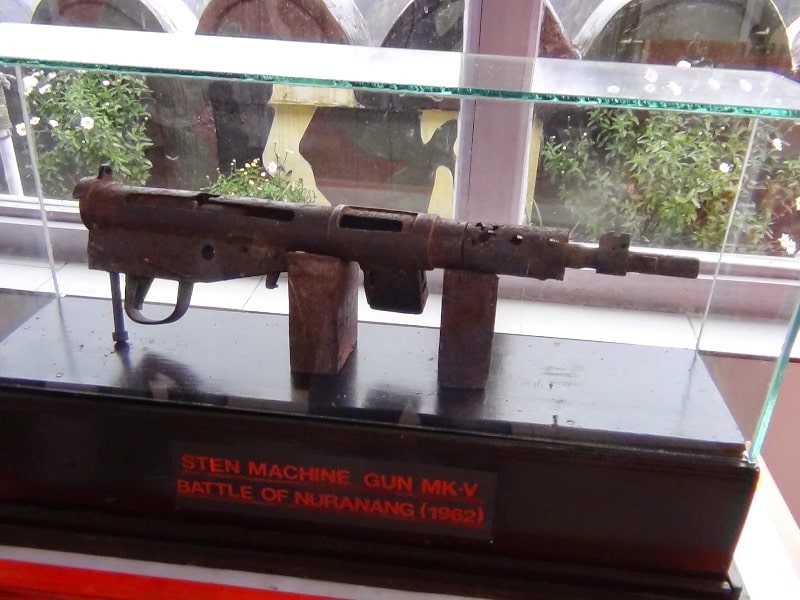 https://wikibio.in/wp-content/uploads/2022/03/A-sten-machine-gun-mark-5-used-by-Indian-troops-during-the-Battle-of-Nuranang-1962.-300x225.jpg 300w, https://wikibio.in/wp-content/uploads/2022/03/A-sten-machine-gun-mark-5-used-by-Indian-troops-during-the-Battle-of-Nuranang-1962.-768x576.jpg 768w" sizes="(max-width: 515px) 100vw, 515px" />
https://wikibio.in/wp-content/uploads/2022/03/A-sten-machine-gun-mark-5-used-by-Indian-troops-during-the-Battle-of-Nuranang-1962.-300x225.jpg 300w, https://wikibio.in/wp-content/uploads/2022/03/A-sten-machine-gun-mark-5-used-by-Indian-troops-during-the-Battle-of-Nuranang-1962.-768x576.jpg 768w" sizes="(max-width: 515px) 100vw, 515px" />
A sten machine gun mark 5 which was used by the Indian troops during the Battle of Nuranang, 1962
After capturing the enemy’s MMG, Lance Naik Trilok Singh Negi and Rifleman Jaswant Singh were shot fatally while they were returning with the enemy’s MMG to their post. Although Rifleman Gusain was severely wounded in action, he managed to drag the MMG back to their post, hence changing the course of the battle. The ‘D’ company of the 4th Garhwal Rifles was ordered to retreat, which they did, but Jaswant Singh decided to stay and hold his ground. He was assisted by the two sisters, Noora and Sela, who helped him ward off the Chinese for 72 hours straight. As the last man standing, Jaswant Singh established several bases in different posts to return fire, and he would often run from one post to the other, firing weapons from the posts giving an image of there being more men holding their ground than just one.
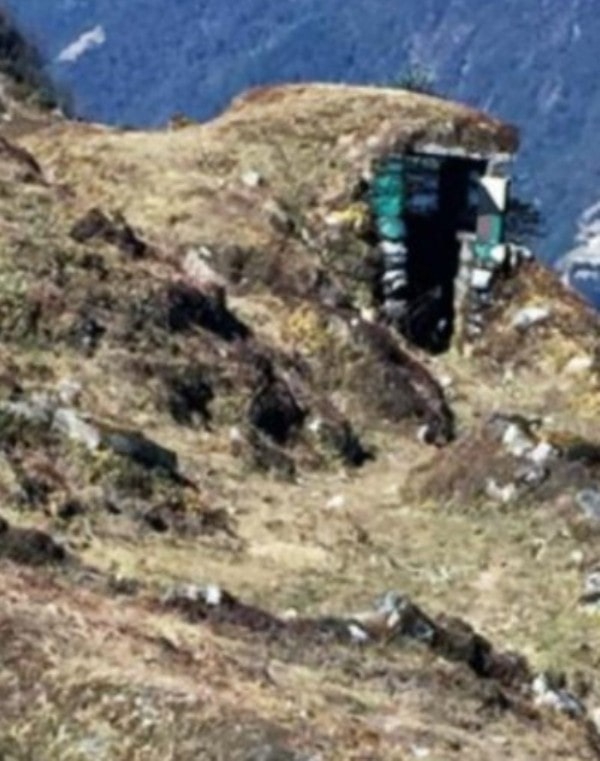 https://wikibio.in/wp-content/uploads/2022/03/The-bunker-used-by-Jaswant-Singh-and-his-comrades-during-the-Battle-of-Nuranang-237x300.jpg 237w" sizes="(max-width: 300px) 100vw, 300px" />
https://wikibio.in/wp-content/uploads/2022/03/The-bunker-used-by-Jaswant-Singh-and-his-comrades-during-the-Battle-of-Nuranang-237x300.jpg 237w" sizes="(max-width: 300px) 100vw, 300px" />
The bunker used by Jaswant Singh and his comrades during the Battle of Nuranang
Awards
Rifleman Jaswant Singh Rawat was awarded India’s second-highest gallantry award, the Mahavir Chakra (MVC) for displaying raw courage in the face of the enemy and completely disregarding his personal safety. ((Honourpoint
Honours
The post where Jaswant Singh Rawat took the last stand has been named Jaswant Garh to honour the brave soldier who fought valiantly against the Chinese troops
Death
When a local porter who was supplying rations to Jaswant Singh, Noora and Sela was captured by the Chinese, the Chinese came to know that not an entire battalion but just one man and two women were holding off the Chinese so effectively. The Chinese surrounded them and attacked them with their absolute might. Sela was killed in a grenade attack, and Noora was captured by the Chinese. When Jaswant realized that he was surrounded by enemies, he decided to take his own life to avoid being captured by the Chinese forces. However, another source claims that Jaswant Singh didn’t shoot himself, and he was captured and hanged by the Chinese. [12]Eastern Command Indian Army official Facebook Post [13]Indian News Weekly
Facts/Trivia
- Even 60 years after his death, Rifleman Jaswant Singh Rawat is still assumed to be on duty along the Chinese border.
- He gets all the perks, privileges and remuneration according to his rank. He still gets a promotion and is given leaves as per the rules of the army.
- The post where he fought and died has a shrine dedicated to him, Jaswant Garh, where he is looked after by the soldiers who polish his shoes, make his bed and give him food. [14]Honourpoint
- After the Battle of Nurarang, the Chinese beheaded the dead Jaswant Singh and took his head back as a token of valour with which he fought.
- When the Sino-India war was over, the head of Rifleman Jaswant Singh Rawat was returned by the Chinese Commander to the Indian Commander with a brass bust of Jaswant Singh and a note citing how bravely he fought against the Chinese forces and held them at bay for a straight 3 days and 3 nights. [15]Indian News Weekly
- Jaswant Singh still gets his promotions, and he has now reached the rank of an Honorary Captain.
- Due to the heroic actions of Rifleman Jaswant Singh Rawat and his company, the 4th Garhwal Rifles was presented with Battle Honor Nuranang. [16]The Arunachal Times
- It is said that the world-famous Sela Pass and the Noora Falls have been named after the two girls who helped Jaswant in the defence of Nuranang. The Indian Army has also named one of its posts as Noora post to honour the girl. [17]Prashant’s Blogworld [18]Lonely Musafir – Arunachal Diaries
- Soldiers who polished his shoes often claim that his shoes are covered in mud again. He also guides army vehicles passing through the roads during snowstorms or blizzards.
- Soldiers, irrespective of their rank, salute and pay homage to “Jaswant Baba” as they pass through his shrine.
- Jaswant Singh is also said to have received numerous letters from all around the country citing their problems as it is claimed that he helps those in need or going through a problem.
- The Battle of Nuranang was fought at an elevation of 10,000 feet above sea level in which Jaswant Singh is said to have killed more than 300 Chinese soldiers.
- Whenever Jaswant Singh goes on leave from his post, soldiers carry his portrait on the train and hand it over to his family at the station to receive him. All Jaswant Singh’s leaves are applied for by his family.
- A biopic based upon the martyr Rifleman Jaswant Singh Rawat was made in 2019 and was directed by Avinash Dhyani and was called 72 Hours: Martyr Who Never Died.
References
| ↑1, ↑12 | Eastern Command Indian Army official Facebook Post |
|---|---|
| ↑2, ↑14 | Honourpoint |
| ↑3, ↑4, ↑7, ↑9 | Uttarakhand Meri Janm Bhoomi |
| ↑5 | rediff |
| ↑6 | Hindustan Times |
| ↑8, ↑18 | Lonely Musafir – Arunachal Diaries |
| ↑10 | bharatdiscovery |
| ↑11 | The Arunachal Times))
 https://wikibio.in/wp-content/uploads/2022/03/A-sten-machine-gun-mark-5-used-by-Indian-troops-during-the-Battle-of-Nuranang-1962.-300x225.jpg 300w, https://wikibio.in/wp-content/uploads/2022/03/A-sten-machine-gun-mark-5-used-by-Indian-troops-during-the-Battle-of-Nuranang-1962.-768x576.jpg 768w" sizes="(max-width: 515px) 100vw, 515px" /> https://wikibio.in/wp-content/uploads/2022/03/A-sten-machine-gun-mark-5-used-by-Indian-troops-during-the-Battle-of-Nuranang-1962.-300x225.jpg 300w, https://wikibio.in/wp-content/uploads/2022/03/A-sten-machine-gun-mark-5-used-by-Indian-troops-during-the-Battle-of-Nuranang-1962.-768x576.jpg 768w" sizes="(max-width: 515px) 100vw, 515px" />A sten machine gun mark 5 which was used by the Indian troops during the Battle of Nuranang, 1962 After capturing the enemy’s MMG, Lance Naik Trilok Singh Negi and Rifleman Jaswant Singh were shot fatally while they were returning with the enemy’s MMG to their post. Although Rifleman Gusain was severely wounded in action, he managed to drag the MMG back to their post, hence changing the course of the battle. The ‘D’ company of the 4th Garhwal Rifles was ordered to retreat, which they did, but Jaswant Singh decided to stay and hold his ground. He was assisted by the two sisters, Noora and Sela, who helped him ward off the Chinese for 72 hours straight. As the last man standing, Jaswant Singh established several bases in different posts to return fire, and he would often run from one post to the other, firing weapons from the posts giving an image of there being more men holding their ground than just one.  https://wikibio.in/wp-content/uploads/2022/03/The-bunker-used-by-Jaswant-Singh-and-his-comrades-during-the-Battle-of-Nuranang-237x300.jpg 237w" sizes="(max-width: 300px) 100vw, 300px" /> https://wikibio.in/wp-content/uploads/2022/03/The-bunker-used-by-Jaswant-Singh-and-his-comrades-during-the-Battle-of-Nuranang-237x300.jpg 237w" sizes="(max-width: 300px) 100vw, 300px" />The bunker used by Jaswant Singh and his comrades during the Battle of Nuranang AwardsRifleman Jaswant Singh Rawat was awarded India’s second-highest gallantry award, the Mahavir Chakra (MVC) for displaying raw courage in the face of the enemy and completely disregarding his personal safety. ((Honourpoint |
| ↑13, ↑15 | Indian News Weekly |
| ↑16 | The Arunachal Times |
| ↑17 | Prashant’s Blogworld |

